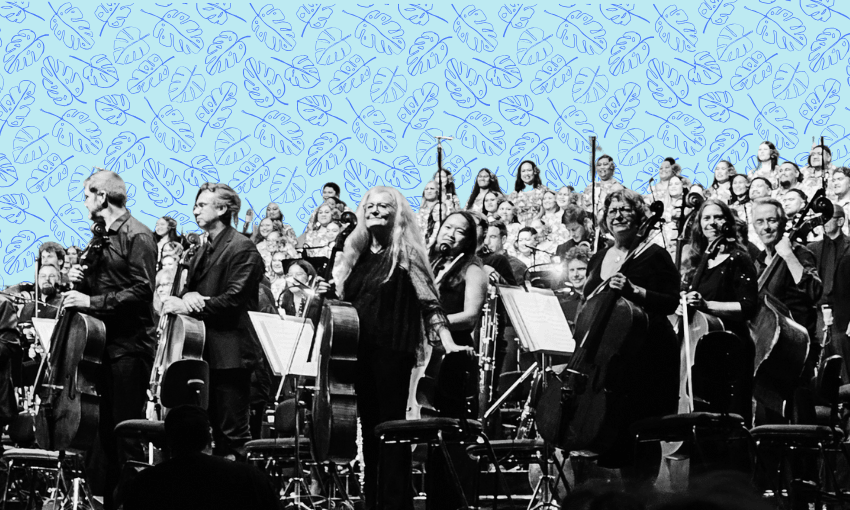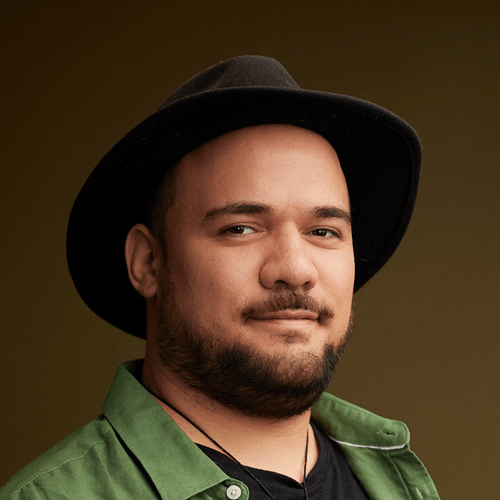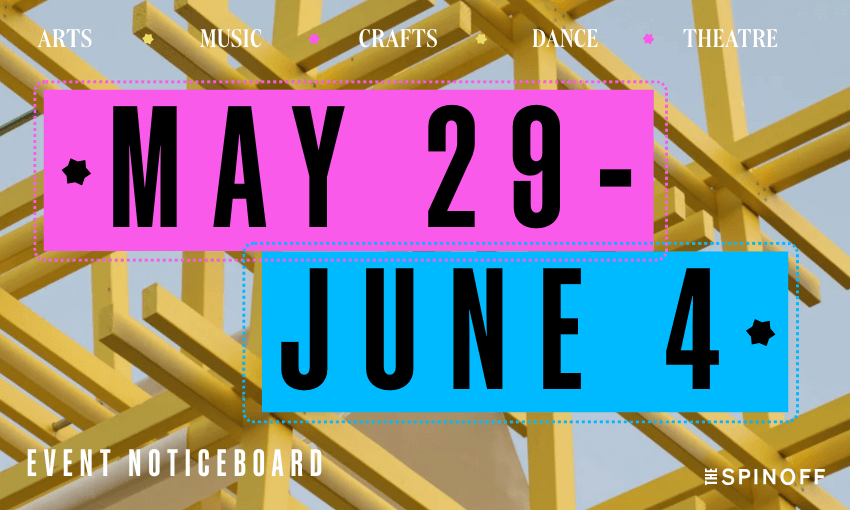A stirring celebration of Pacific music, Mana Moana’s second outing felt more polished but less alive – with lighting, staging and energy choices that dulled the audience spark.
Liam Rātana: There’s something about chasing the first high that inevitably lets you down. My partner and I went to the first Mana Moana back in 2023 and it was incredible. The buzz in the air, the dancing, the flags waving, the music and the singing – it all fed into creating an electric atmosphere. We could tell we were witnessing something special and it felt like a privilege to be a part of it. I don’t think there was a dry eye in the crowd that night.
For weeks after, my father-in-law couldn’t stop talking about how much he wished he had come. When tickets dropped for this year’s return, we booked ours straight away and forced my in-laws to come along too. We were prepared this year, arriving early and nabbing a park right by Spark Arena.
In 2023, the show sold out well in advance, so I was surprised to see that there were quite a few empty seats near the top of the stadium. To be fair, flights had been cancelled out of Wellington, which also impacted the orchestra, with a majority of the spots being filled in by members of the Auckland Philharmonia instead of the New Zealand Symphony Orchestra.
The show wasn’t bad – the singing and music was still incredible, and I had admiration for the great amount of work that went into producing such a high quality performance. MC Tofiga Fepulea’i was as funny as ever, warming the crowd up enough to remind us this was not a run of the mill symphony performance. The opening overture – an ode to setting sail on a waka for a voyage around the Pacific – was a fun tune that set the mood for what was to follow.
Despite this – and perhaps because I had already seen the first one – the rest of the show didn’t really invoke the same emotion I had the first time around. The first section felt quite slow, with one crowd member commenting to me they hoped there would be more dancing soon.
Even the people sitting behind us, who also attended the first show, were commenting on how it was different this time around. There wasn’t as much dancing in the crowd or from the choir and the lights were focused on the stage, making it difficult to see audience members dancing. There were no proud flag bearers running crazily around the floor. The orchestra didn’t seem to have the same sense of excitement at the novelty of the situation – with this crowd and performance being very different to that of their usual.
Overall, the show felt more polished – which is fine, except it ended up feeling like an orchestra and choir performing Polynesian songs, rather than a Polynesian choir performing with an orchestra. There were a couple of new compositions, which were nice to listen to alongside the staples such as Nepituno, composed by Tongan Queen Salote, and the famous Fijian farewell tune Isa lei. Understandably, it was generally the more well known songs that drew cheers from the crowd or prompted them to hold their phone lights up and simultaneously sway from side-to-side.
While Mana Moana was a nice, relatively inexpensive family outing, both my partner and I said we probably wouldn’t pay to go to another one. If you haven’t been before, I still recommend it – especially if you are a fan of the orchestra and/or choirs. The combination of a Polynesian choir alongside a full orchestra remains a novel joy. However, unlike a boil up, Mana Moana was not better the second time around for me.
Madeleine Chapman: I was kicking myself for missing the first Mana Moana after seeing countless videos on Instagram from the show, so was ready and pumped this time around. As I should’ve expected, I bumped into about six cousins while looking for my seat.
Beyond “orchestra + Pacific choir” I had no idea what to expect but knew that such a combo was surely a recipe for success. And based on the numbers (not sold out but a near-full Spark Arena is nothing to sneeze at for a local choir and orchestra), it was clearly working for them.
So I was disappointed to find myself wanting more. There were some fairly minor gripes: the mics on the choir felt too low and at times they were overpowered by the orchestra in front; Tofiga Fepulea’i is incredibly funny but was evidently unprepared, with one of few prepped gags being a tired fa’afafine joke I’ve heard a thousand times before; a lack of attention to detail on things like the choir’s entrance and transitions.
Despite those gripes, the show was beautiful and emotional, as expected. But that was largely thanks to the crowd being willing to do the heavy lifting on engagement. As the show built (credit to the directors for their set list), audience members became more and more enthusiastic and willing to dance. The aunties in the floor seats siva’d in the aisles and the uncles in the stands did the same. And yet it was this willingness from the crowd to lift the show that leads to my biggest disappointment.
A show like this, where nearly 100% of the audience is Pacific, paying to hear the songs they’ve sung and danced to their whole lives, should be doing everything it can to facilitate that unique engagement. My favourite parts of the show, by far, were when audience members danced in the aisles or sang back to the orchestra. This happened in the first iteration too, so it’s confusing that the set up for this year’s show seemed to actively discourage such engagement.
While Fepulea’i told people to dance if they wanted to, the lights remained completely off in the audience, meaning the older attendees would have to navigate in the dark and then dance in the shadows. I found myself straining to see the beautiful old ladies performing their siva in front of the stage because there wasn’t a single light on them.
Even the final numbers, like Tama A Samoa, specifically chosen to encourage people out of their seats, were performed with the audience in darkness. As thousands of people danced and sang and cheehoo’d (not dead yet), we all squinted around, barely able to see what everyone else was doing.
Maybe it was a safety thing but, with a lack of movement on stage – I was surprised to learn it really was just a choir and an orchestra without choreography or dancers – surely a designated space on the floor and a bit of lighting that encourages the audience to dance together would elevate the night? Nevertheless, I knew a combo of orchestra and choir would be something I loved, and I did. I just wished I could see all the other beautiful performers on the night too.





